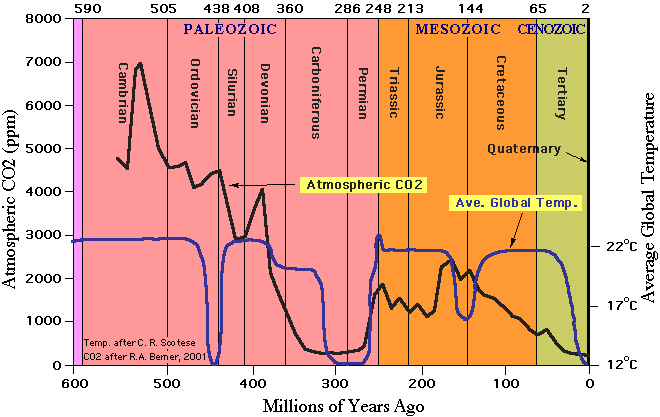Recent study in Nature: Geoscience shows the shells of sea snails dissolving in areas most effected by increases on CO2 levels.
http://www.nature.com/ngeo/journal/vaop/ncurrent/full/ngeo1635.html
http://www.nature.com/ngeo/journal/vaop/ncurrent/full/ngeo1635.html


